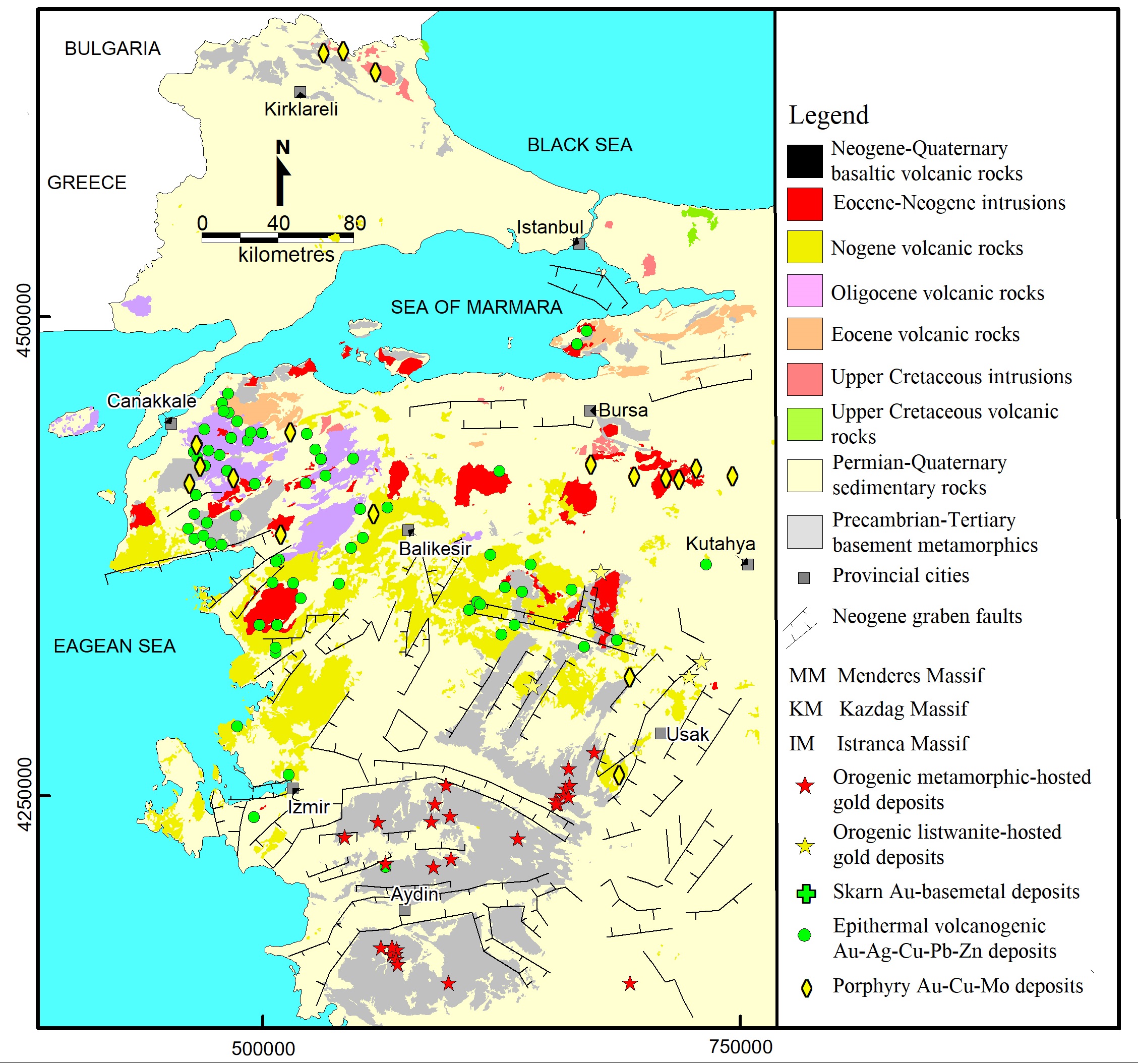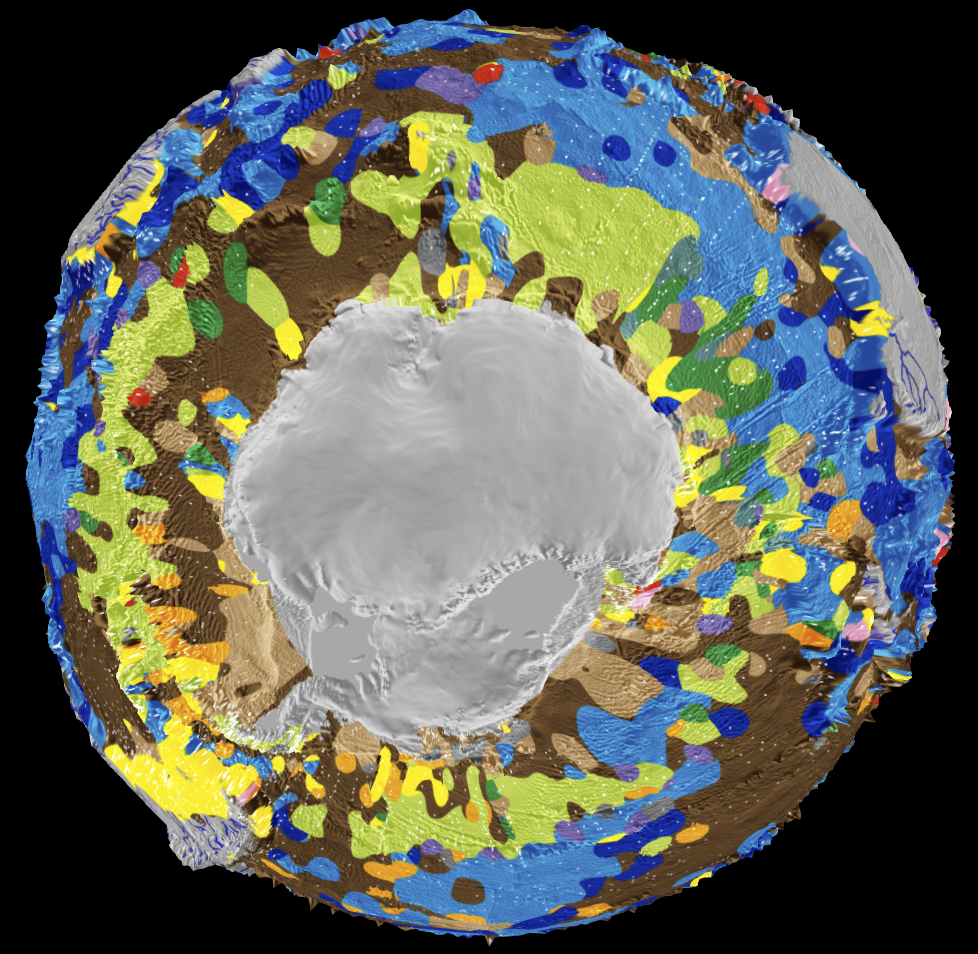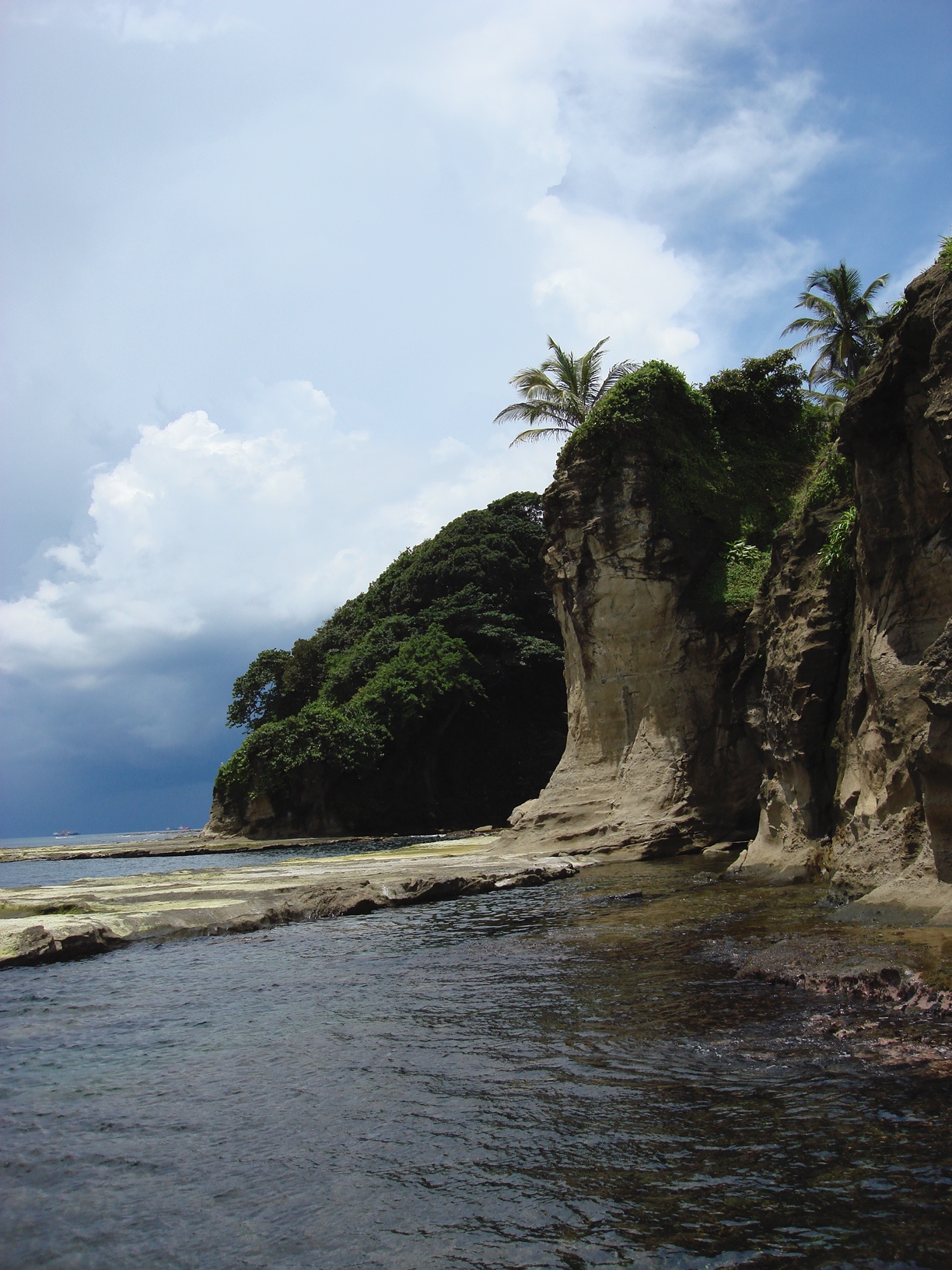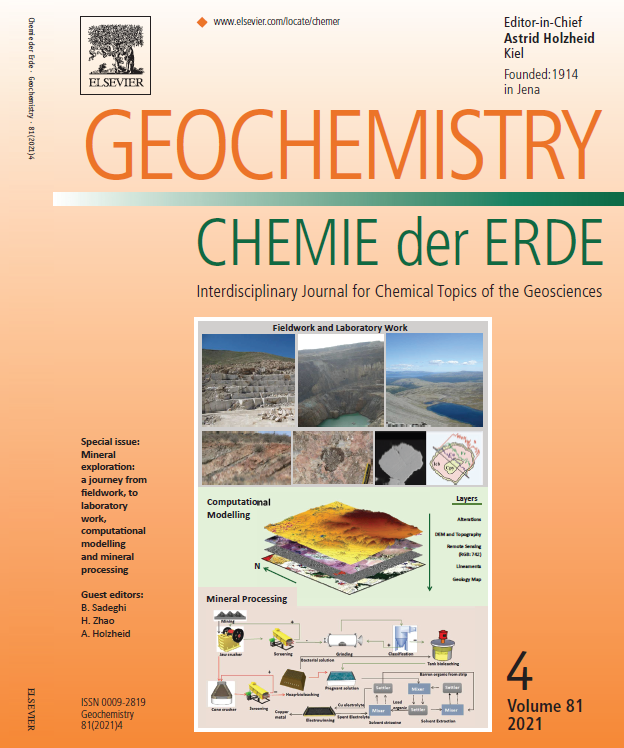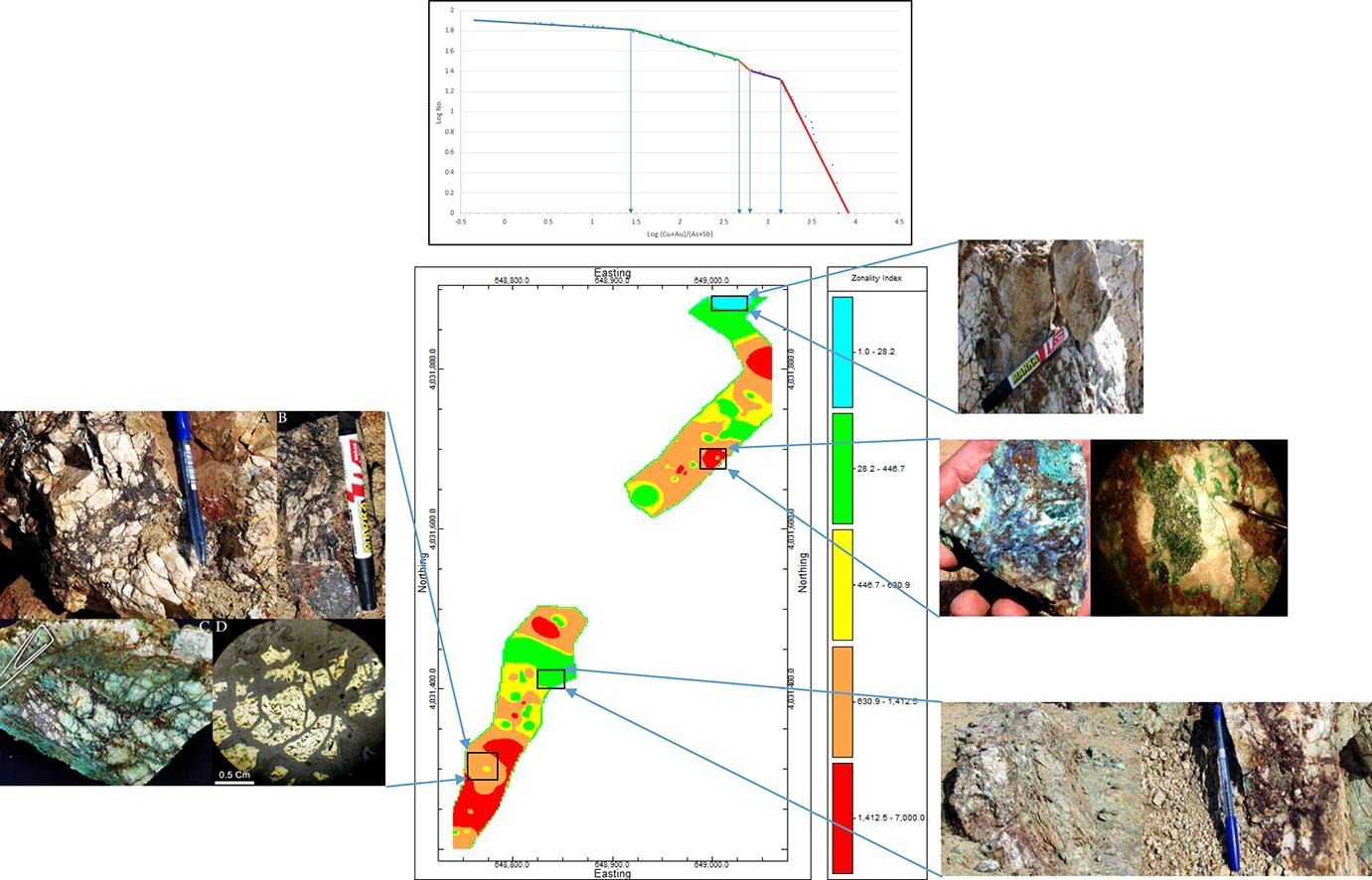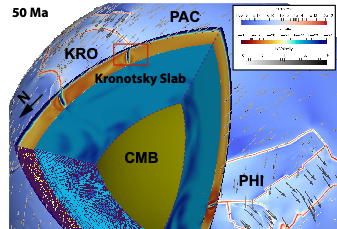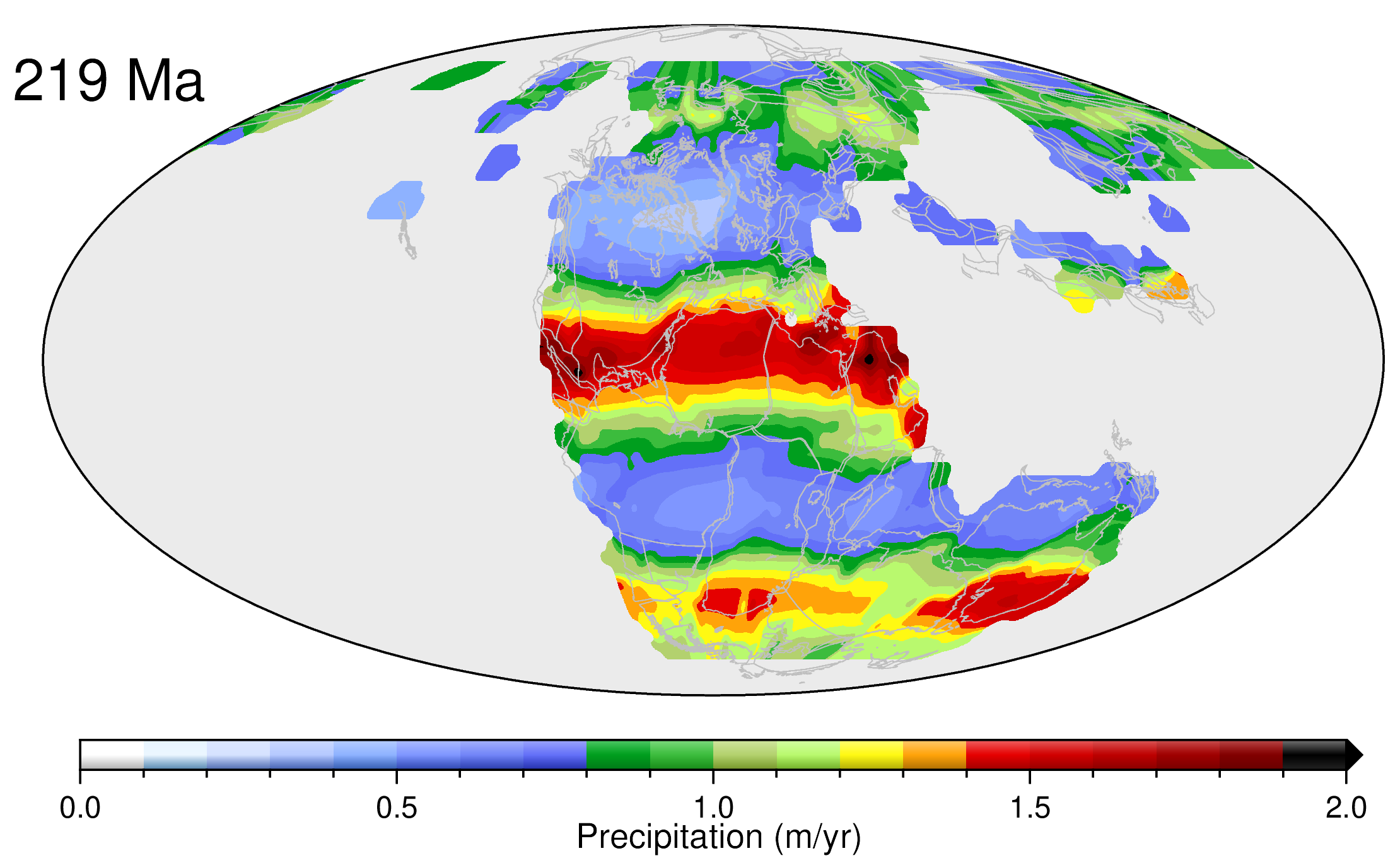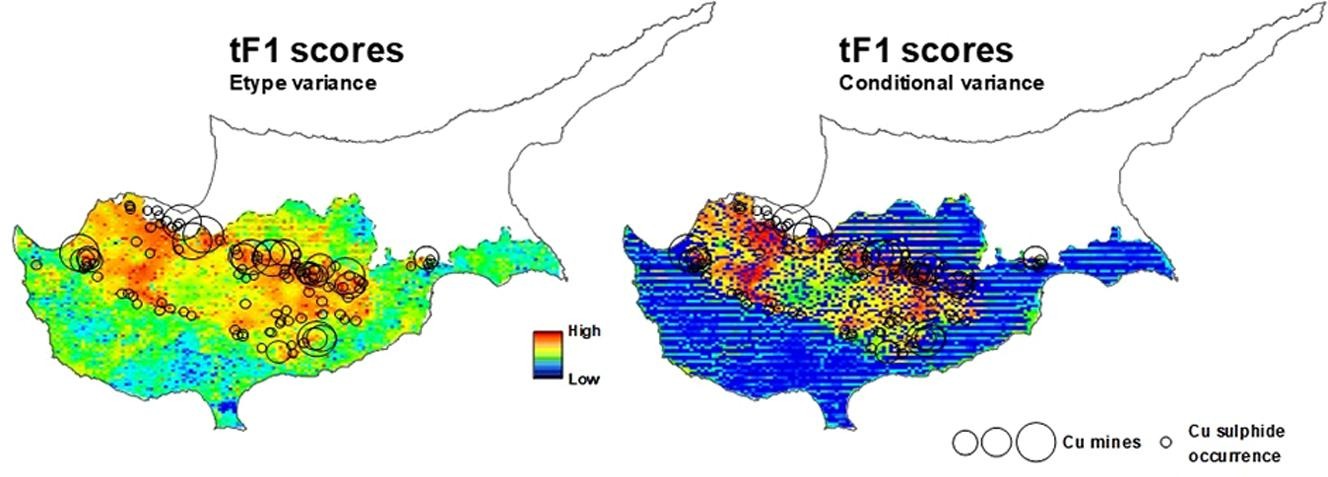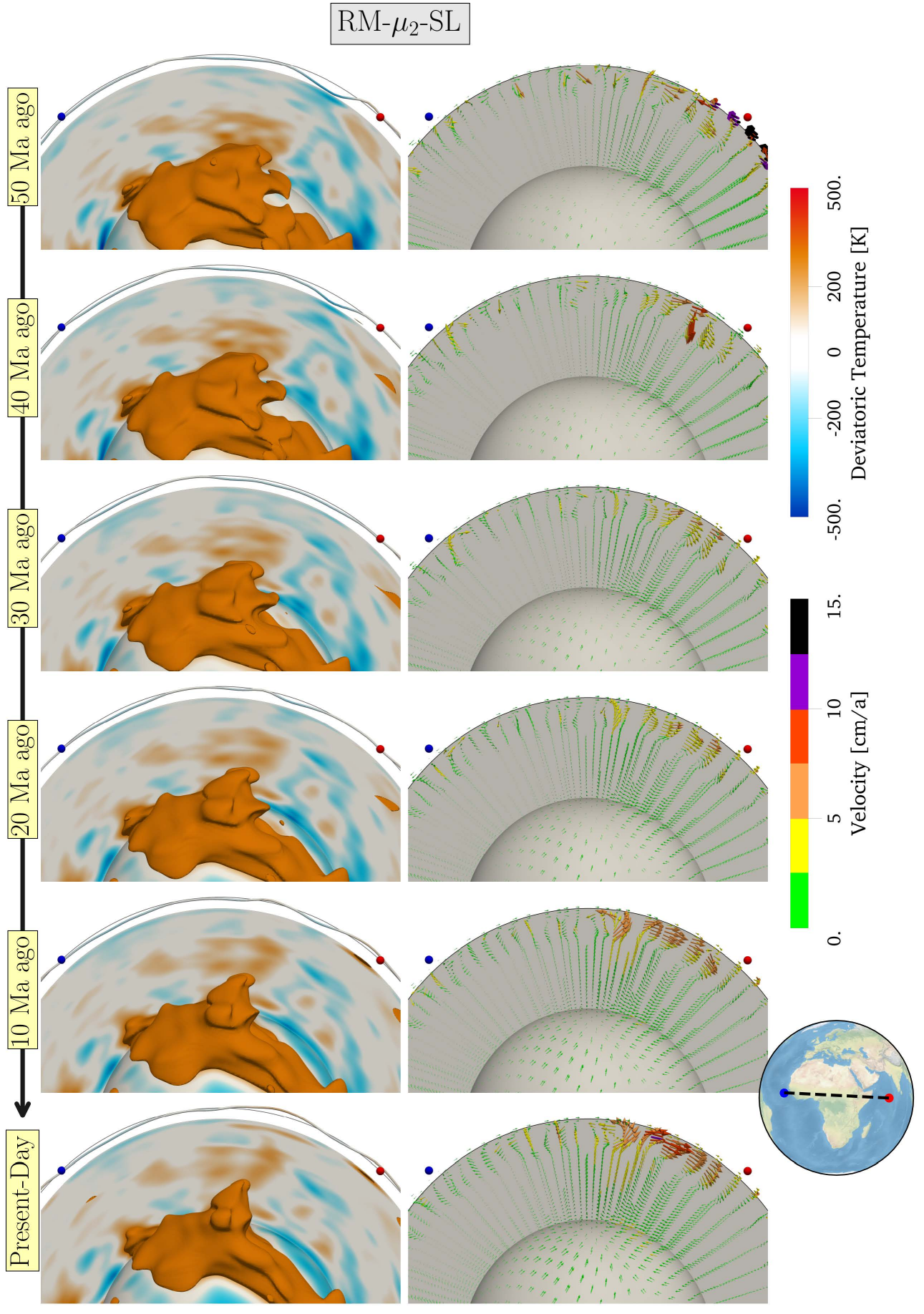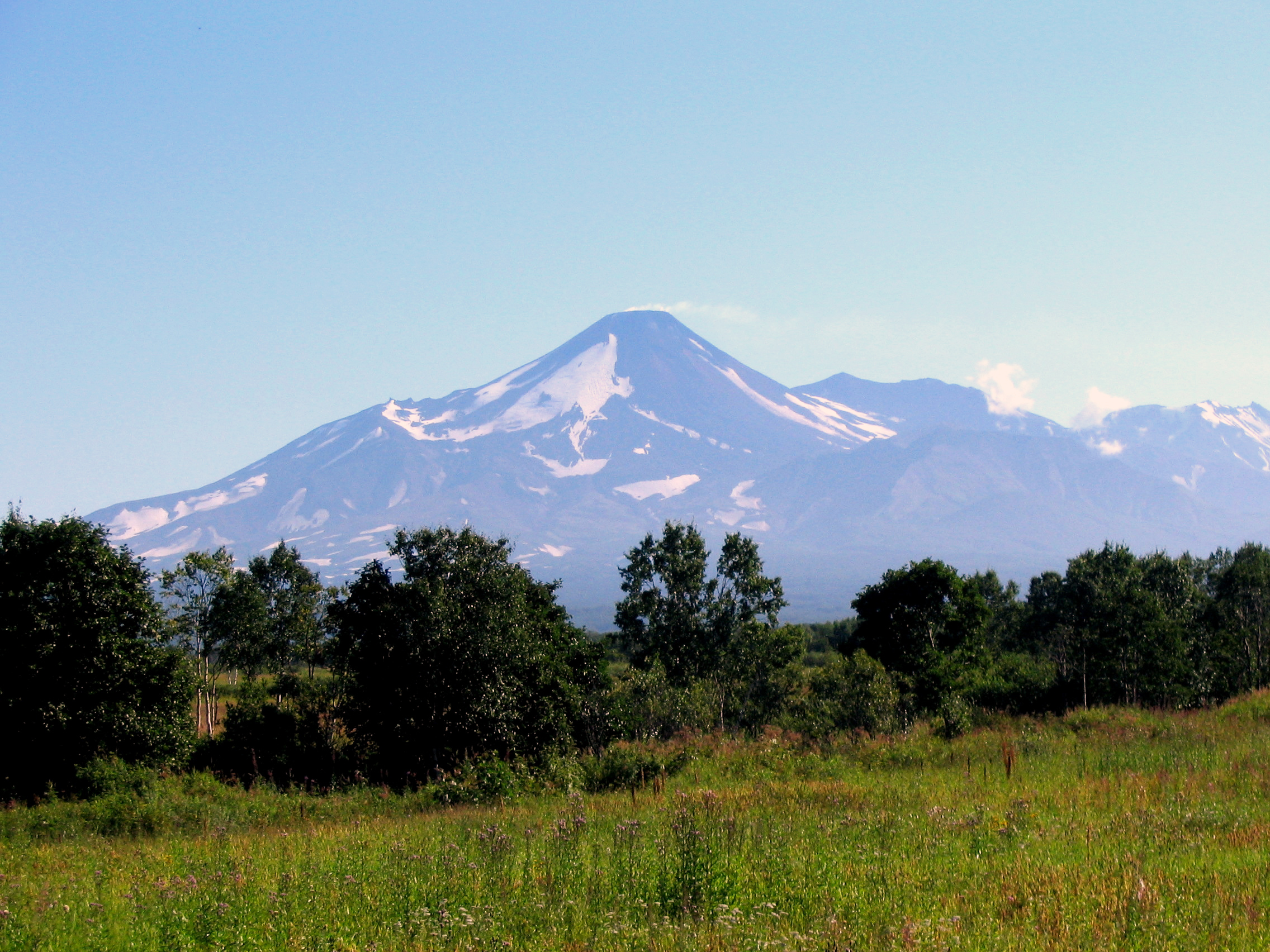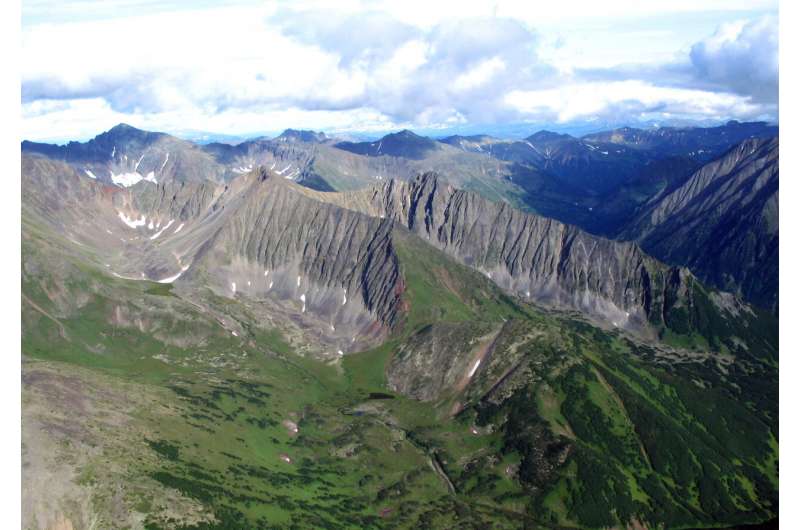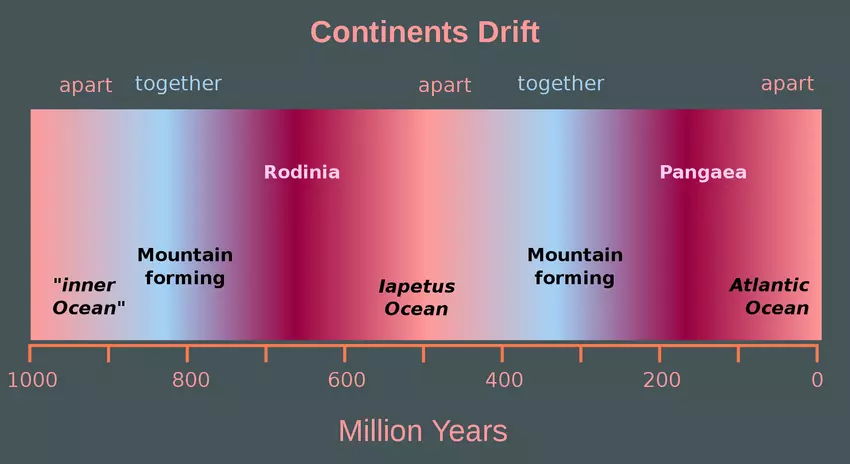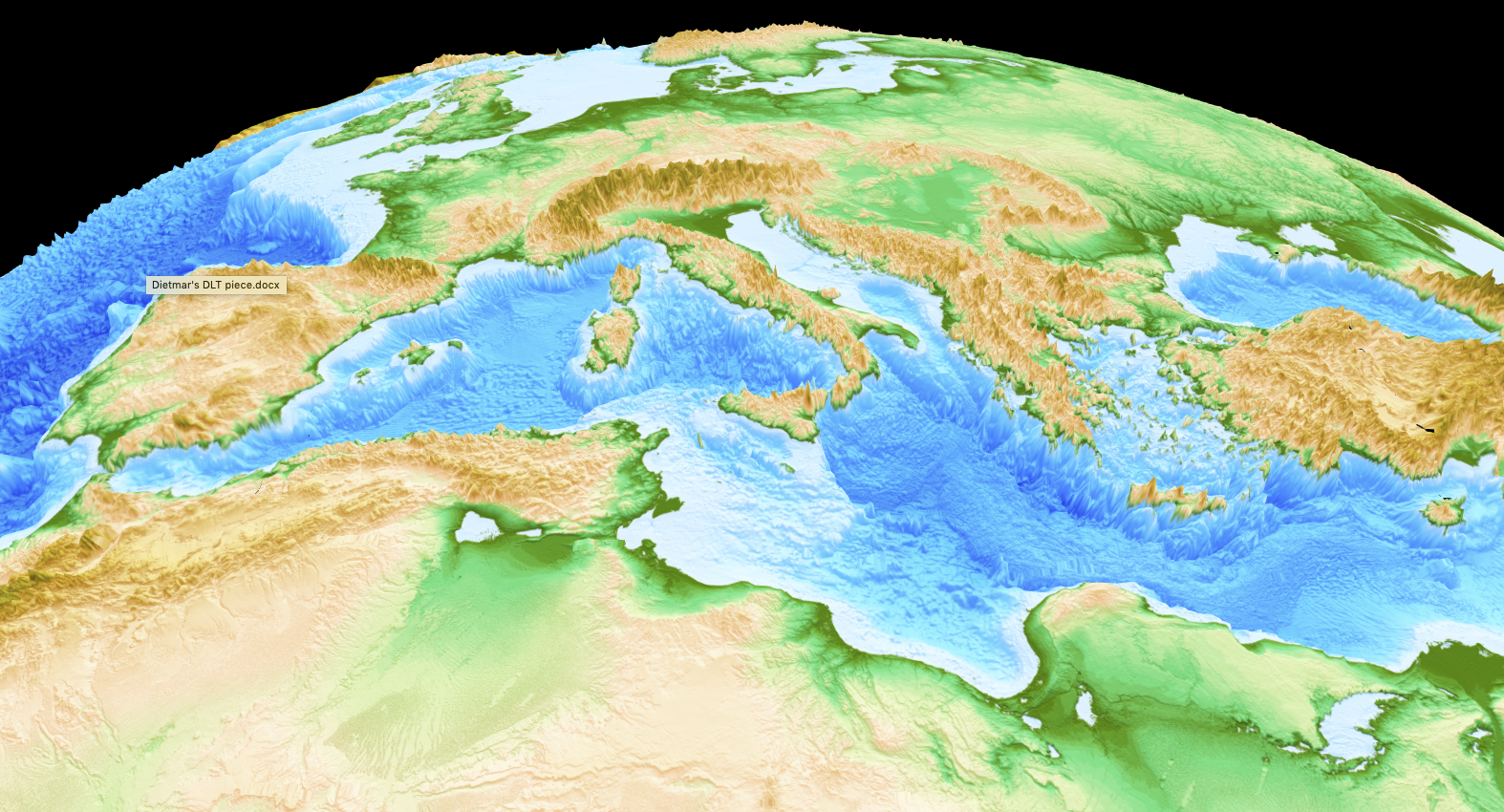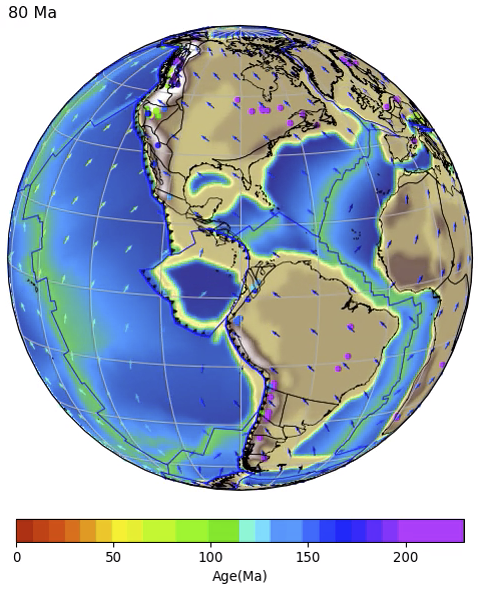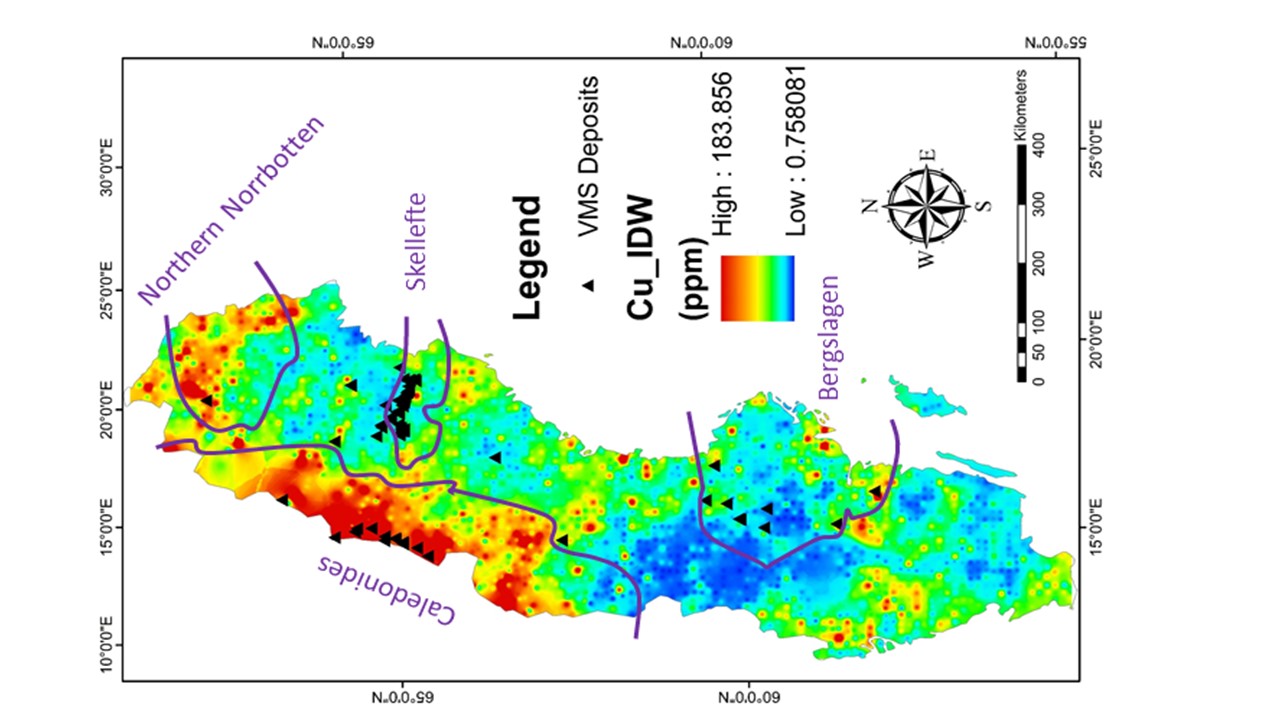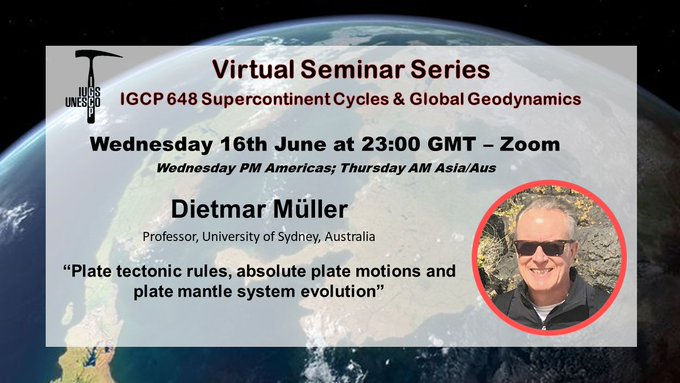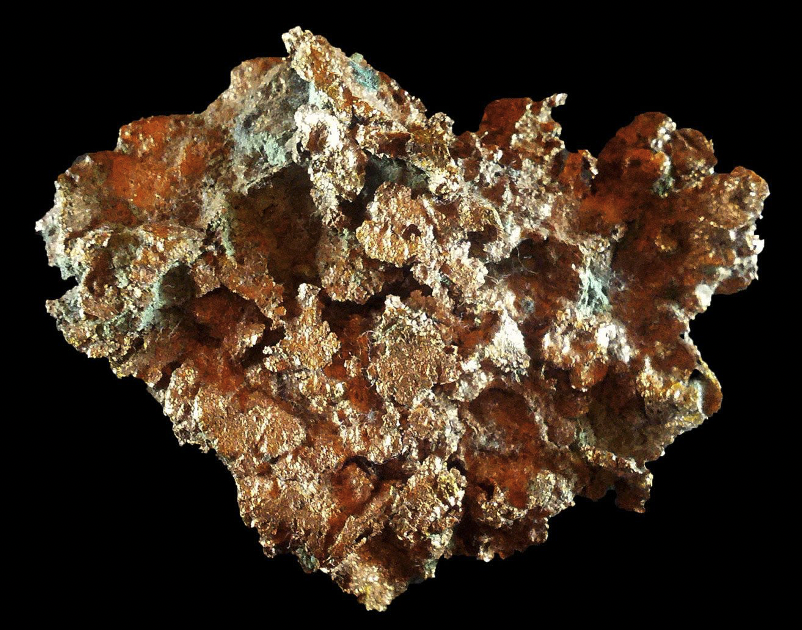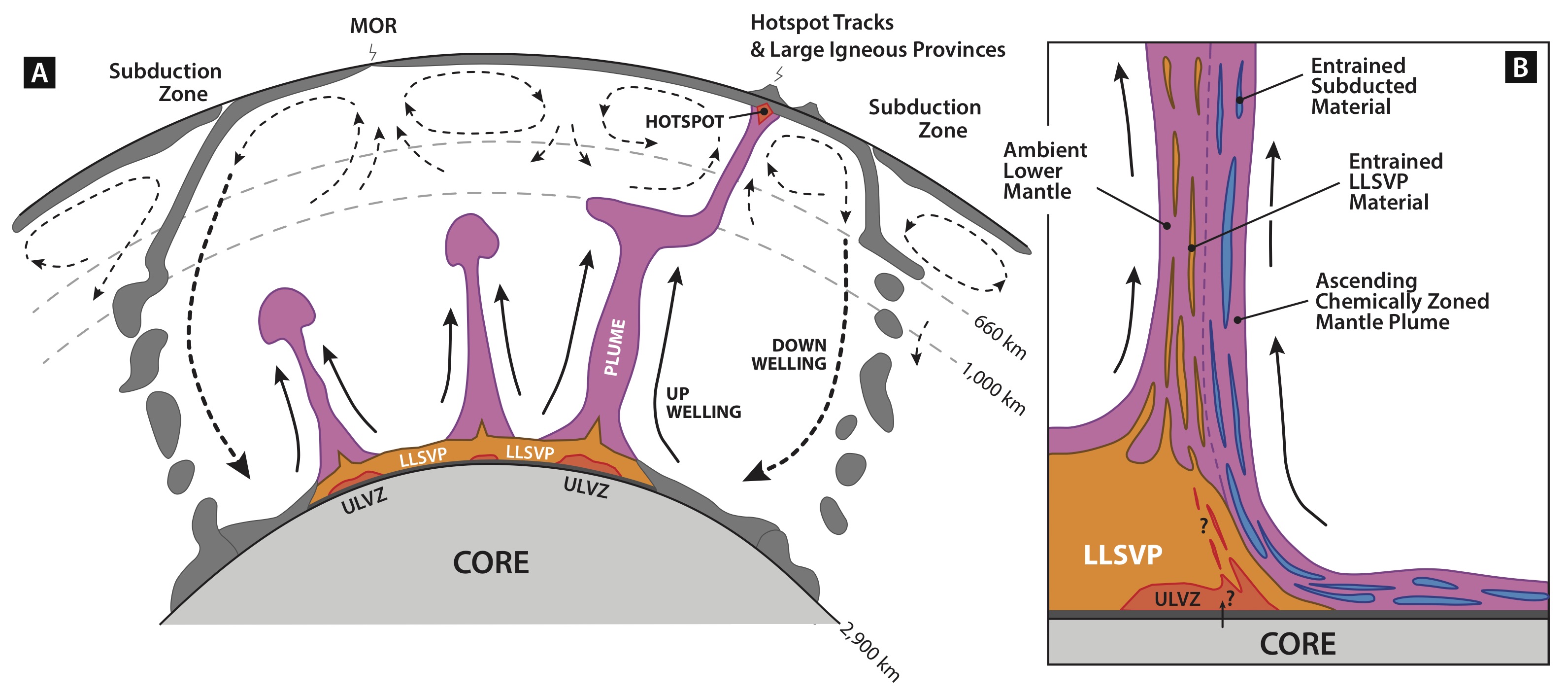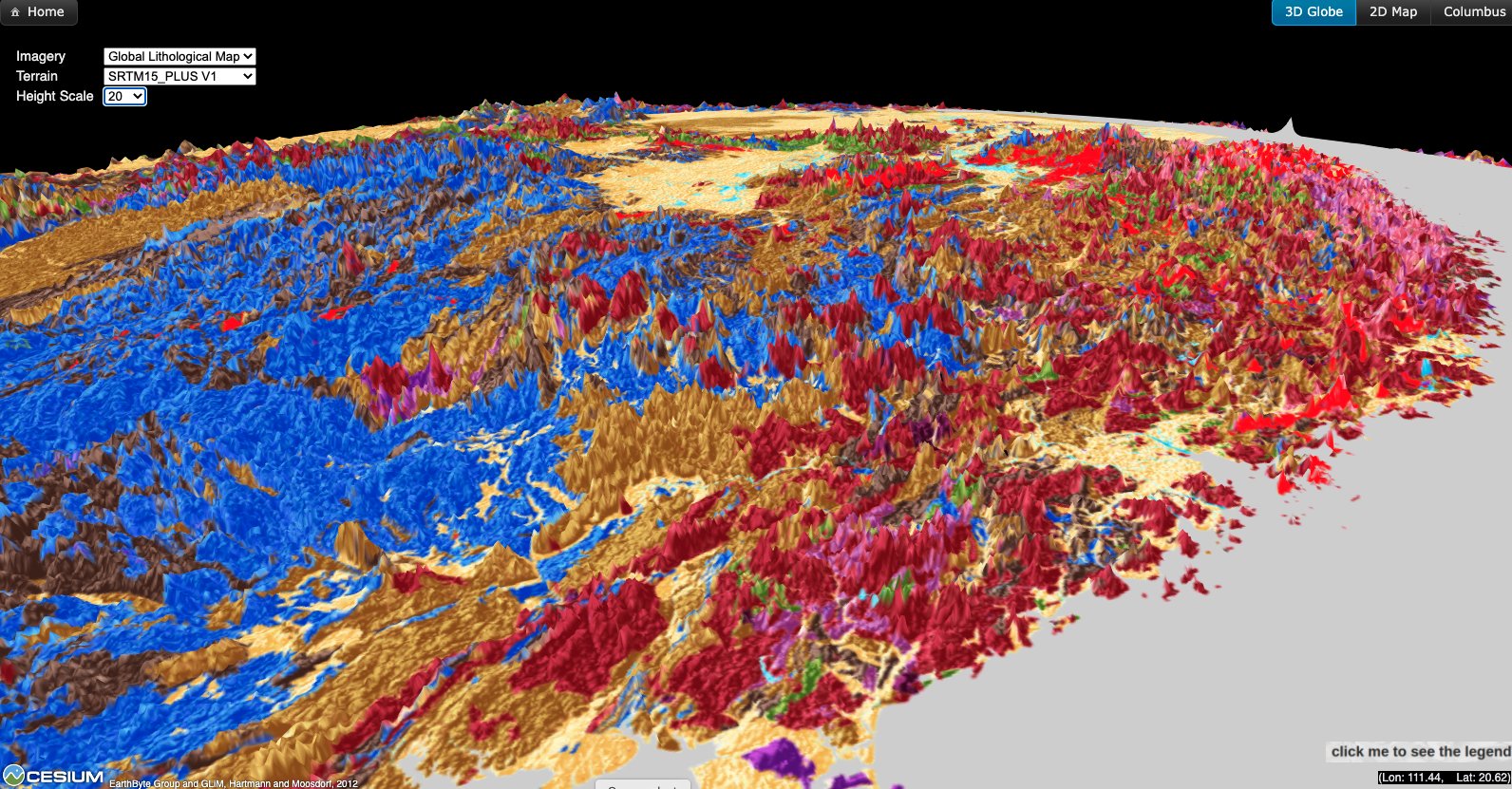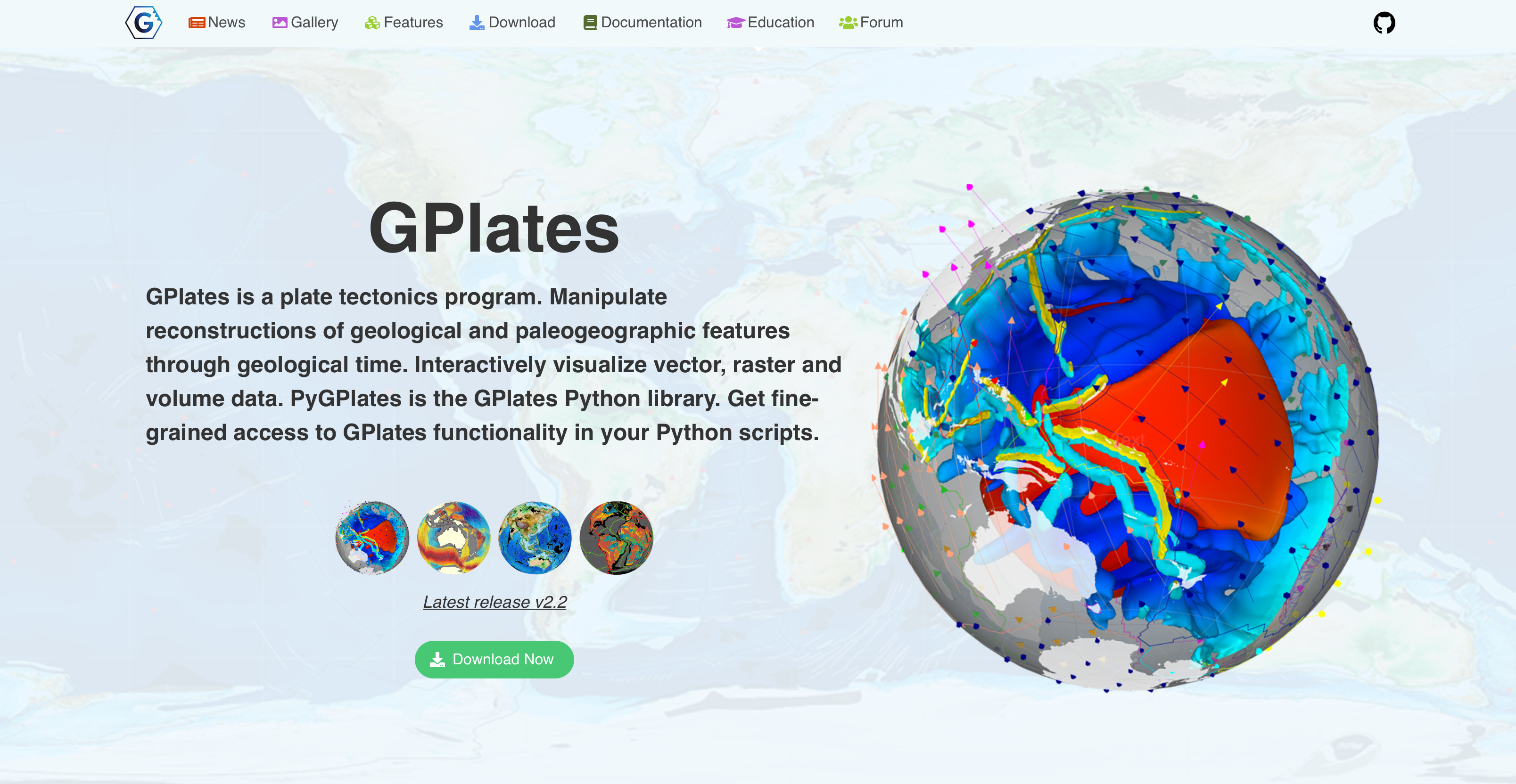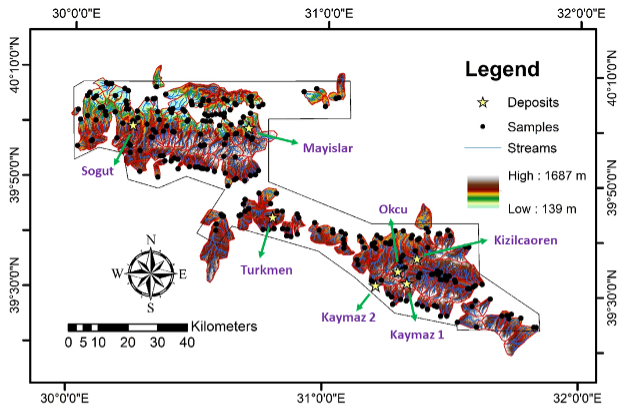This week’s EarthByte seminar will be held via Zoom at 8:30–9:30am Thursday, Sydney time. Our speaker this time will be Camilo Montes Rodriguez from the Universidad del Norte in Barranquilla, Colombia. To access the Zoom meeting, follow this link: https://uni-sydney.zoom.us/j/89526697076. Further details regarding the talk are below:
The efficiency of fractal techniques in geochemical anomaly delineation within BLEG and <180 μm stream sediments in Western Turkey
A new article published recently by Huseyin Yilmaz (Dokuz Eylul University, Turkey), Behnam Sadeghi (EarthByte Group, USYD), and David Cohen (UNSW) in Journal of Geochemical Exploration (JGE): Abstract: In regional exploration for Au mineralization using stream sediment geochemistry, multielement analysis following cyanide leaching of bulk samples or aqua regia digestion of the <180 μm fraction are the two most common … Read more…

